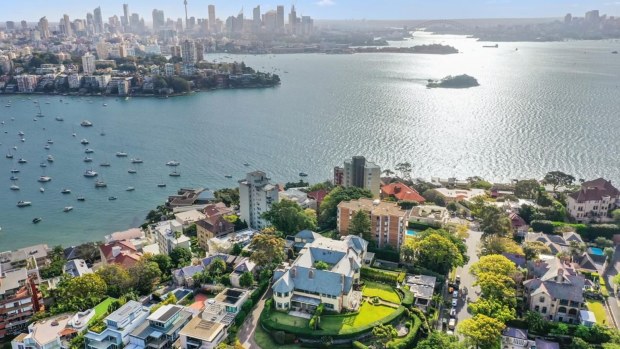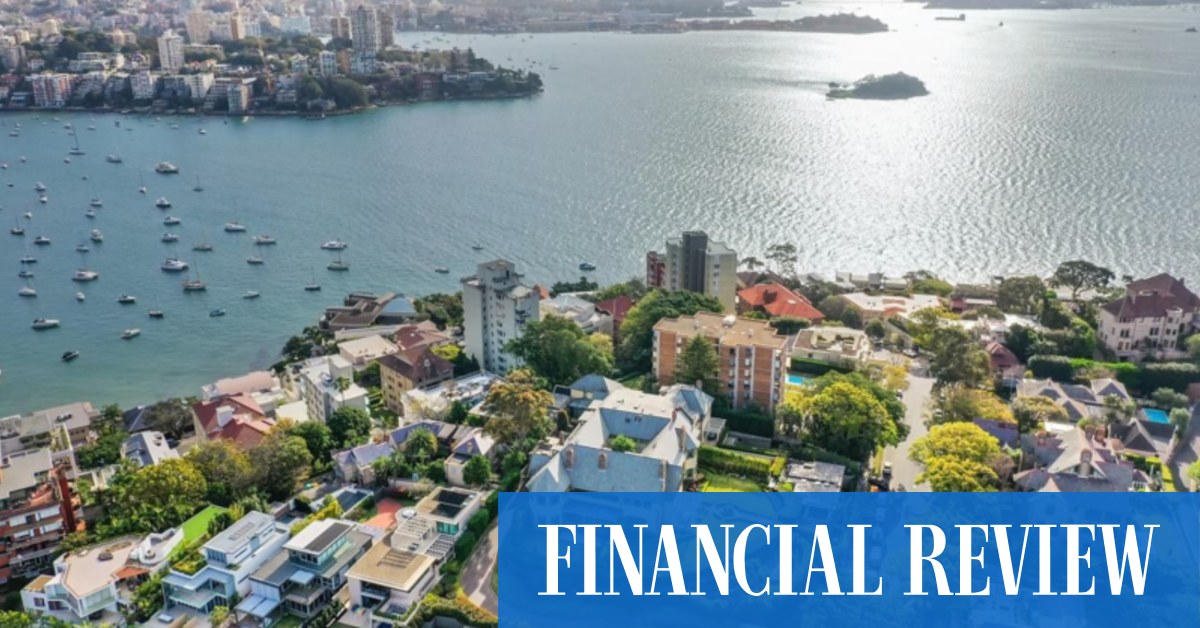Put another way, the RBA is presenting a certain solution (sharply higher rates) to an extremely uncertain prospective problem (inflation expectations) and destroying its optionality in doing so.
Even one of the RBA’s key board members, Treasury Secretary Steven Kennedy, says there is no real evidence of a wage-driven inflation problem and that most of Australia’s inflation is supply-side induced.
The concern is that one casualty of the RBA’s pre-emptive increases is the hope that Australian workers can finally secure wage growth of 3-4 per cent annually that is required to maintain inflation sustainably within the RBA’s target band.
If the inflation we are experiencing is predominantly driven by supply-side factors, as Kennedy claims, trying to crush it by suffocating demand could have deleterious long-term consequences for the labor market.
There is undoubtedly merit in firmly jawboning inflation expectations with the specter of a tough monetary policy posture, which is precisely what the RBA is doing.
But after promising not to lift rates until 2024 – which the RBA explicitly set in stone by establishing a never-before-seen 0.1 per cent yield curve target for the 2024 Commonwealth bond – it is suddenly reckless to smash the economy with more than 200 basis points of rate increases in just four months on the basis of a perceived risk the RBA has no conviction in. (That 200 basis points assumes we get another 25-50-basis point increase next month.)
Luxury property hits
Beyond consumer demand, another real-time casualty is, of course, the housing market, which this column has discussed at length.
I constantly come across real estate agents claiming how resilient “luxury” real estate is. There are numerous narratives bandied around, but the key message is that the top end of the market is “insulated” from the woes experienced across cheaper sectors.
This is completely inconsistent with our understanding of how luxury real estate behaves based on the available data. It is characteristically much more illiquid, procyclical, and tends to be more volatile than the mass market. It is also typically much more sensitive to big shifts in financial markets, which means that it normally leads the cheaper segments.

Luxury housing is once again getting smashed harder and earlier than less expensive sectors. Domain
Since December 2021, global equities have been smashed, crypto has lost more than 70 per cent of its value, fixed income has suffered record losses and house prices have been falling at a double-digit annualized pace. It would be hard to imagine that luxury housing would be immune to these moves.
A team I established in 2003 created CoreLogic’s daily “hedonic” house price indices, which was a global first at the time. One additional innovation we developed was a “stratified” version of these benchmarks that broke the housing market up into “cheap”, “mid-priced” and “expensive” areas. More specifically, CoreLogic city indices are divided into three sub-categories: the cheapest 25 per cent of properties; the middle 50 per cent; and the most expensive 25 per cent.
Examining the performance of these stratified indices over the past six months, it appears that this cycle is no different: luxury housing is once again getting smashed harder and earlier than less expensive sectors. In Sydney, the most expensive homes started declining in value in January well ahead of the cheapest properties, which only began falling in April. In Melbourne, luxury dwellings peaked last November while the bottom end of the market held ground until May. A similar story is evident across all the eight capital cities.
CoreLogic’s head of research, Tim Lawless, confirms this analysis, commenting that the most expensive areas are materially underperforming less expensive homes. In Sydney, for example, luxury home values have fallen by 6.3 per cent over the past three months in contrast to the cheapest 25 per cent of properties, which have only declined by 1.7 per cent. In Melbourne, expensive homes have lost 4.5 per cent in the last quarter compared to just 1.2 per cent for the cheapest dwellings. And in cities such as Adelaide and Perth, where prices have risen over the past three months, the top end of the market has performed worst.
Appetite for bonds
The bond market is one area where much higher interest rates are now being welcomed (after a painful price adjustment).
Last week this column discussed NAB’s five-year, BBB+ rated Tier 2 bond, which paid an interest rate of 6.44 per cent annually, higher than the franked dividend yield on Aussie equities. NAB printed $1.25 billion from $2.4 billion of investor demand (we bid for $200 million).
The bond has since performed strongly, as evidenced by its credit spread tightening some 31 basis points, which pushed its price much higher. This presumably convinced ANZ to capitalize on the investor appetite for these securities with a similar five-year, Tier 2 bond issue on Wednesday that secured $3 billion of demand despite a lower 5.9 per cent yield. Once again, the $1.75 billion bond has performed well, with its credit spread tightening immediately after the deal printed by 17 basis points (we bid for $250 million).
Higher up the capital stack, Westpac issued an AA-rated, three-year senior bond on Thursday with a 4 per cent annual interest rate that quickly galvanized $3.7 billion of investor bids (we bid for $100 million). Post issue, this promptly tightened some seven basis points in spread terms.
On the same day, UK bank NatWest hit the Aussie market with its first-ever bond issue via a $600 million, A-rated, three-year senior-ranking security that paid a 5 per cent yield (we bid for $100 million). This also promptly tightened 17 basis points on its first day. For credit markets, these are big moves!
Finally, the Victorian government also got in on the action on Thursday, issuing an AA-rated, 11-year bond paying 3.83 per cent in annual interest, which secured $3.7 billion in bids and immediately performed. This offered a chunky, 68-basis point spread above Commonwealth bonds. The demand from local banks to buy state government bonds as a liquid asset has been so strong that Victoria has been able to issue $12 billion of debt since its May 3 budget, completing 56 per cent of its total $21.3 billion funding task for 2023 in three months (ie leaving them only $9.3 billion to issue).
So the silver lining of much higher interest rates is new opportunities. In late 2021, we were extremely negative on our own asset class: specifically, credit spreads and interest rate duration risk. With fully-franked Aussie equities only yielding 6.3 per cent, bank bonds paying similar interest rates appear much more appealing right now.
